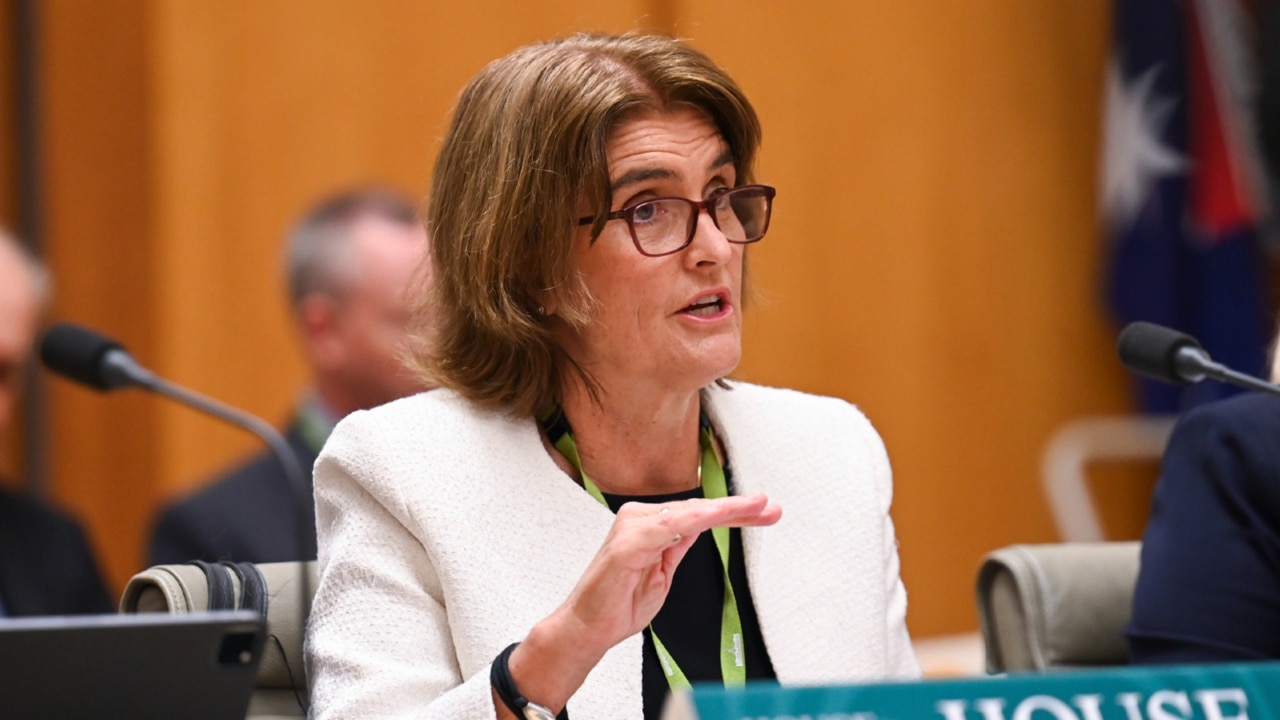
The contrast with his performance and that of Peter Costello who came before him as treasurer is akin to the Grand Canyon. One understood what it took to be a good treasurer and to accommodate the trade-offs that the job involves and the other panicked at the first sign of economic disturbance – recall that the global financial crisis was really the North Atlantic GFC – and drove the budget deep into the red.
It’s worth looking at the figures and weeping. In 2008-09, the budget deficit came in at $27bn or 2.1 per cent of GDP. The next year, it was $54bn or 4.2 per cent of GDP. There were two massive deficits in subsequent years.
Net government debt went from -$11bn when Labor took office under Kevin Rudd. It was $210bn when Rudd Mark II lost office. This may well be some sort of world record in terms of amassing more government debt in such a short period of time.

It is quite funny to recall those pledges made by Swan to return the budget to surplus. He had all sorts of numerical rules – which is better than the current Treasurer – that were designed to achieve this outcome. At one stage, he did a “parting of the seas” trick by pushing current expenditures into the previous year as well into future years. The trouble for him was that no one was fooled.
In the end, it was an ignominious period for budget management where stimulus spending was baked into future spending, setting up years of deficits. Two things Swanny had going for him was the complete co-operation of the RBA that quickly ratcheted down the cash rate – it had been quite high doing into the GFC period – and, secondly, the absence of any inflationary pressures.
If anything, the RBA struggled to get inflation into the target band of 2 to 3 per cent a year; it was too low. The surge of low-priced goods from a booming China was a major contributor to this outcome.
Fast forward to today and Swan is now handing out gratuitous advice to the Reserve Bank while supporting his former chief of staff Jim Chalmers. No surprises there. Evidently, he is “very disappointed” with the Reserve Bank, declaring that it is “punching itself in the face”.
He simply doesn’t get it. He has no understanding of the supply side of the economy at all. The reality is that the bank has only one instrument to bring damaging inflation under control – the cash rate. It is not helpful to talk about “hammering households” when the federal government – and some state governments – are applying the accelerator to offset the application of the brakes by the bank.
To add to his display of ignorance, he adds that “if you look at markets, they’re all forecasting rate drops. They’re going down around the world. The drivers of inflation in this country are not going to be affected and not going to come down by hammering mums and dads with higher rates.”
Here’s the thing: rates are going down around the world because these countries have been able to get their inflation under control and within their target bands. Australia has not. Our rate of inflation has stalled at about 4 per cent all year. End of story.
The traders may anticipate that rates will be fall soon in Australia, but they are not always right. Mind you, if the economy falls in a deep hole and unemployment spikes, the bank may end up cutting the cash rate, but this will hardly be good news for Chalmers.
I’m beginning to wonder whether Chalmers and his mates are beginning to bully RBA governor Michele Bullock. She has a job to do, and she should be left to get on with it. It looks a tad misogynistic, which in these days of gender sensitivity, is a very bad look.







Let’s face it, no one should take advice on economic or fiscal policy from Wayne Swan, former Labor treasurer and now national president of the Labor Party and chair of Cbus Super, the industry super fund covering the construction industry.